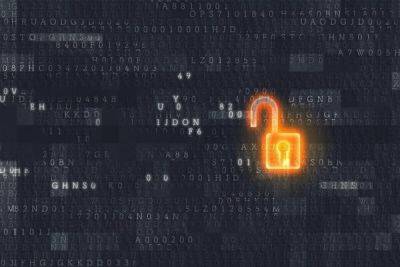Bitcoin Mining Hits Record High
On December 25, 2023, the Bitcoin network achieved a significant milestone. The mining hash rate, a measure of the network's computing power, soared to an all-time high of 544 exahashes per second (EH/s). This landmark event confirmed by Blockchain.com marks a remarkable increase of 130% since January 2023, when the hash rate was at 253 EH/s.
This surge in hash rate coincided with a notable increase in Bitcoin’s price, which has risen over 150% since the start of 2023. However, the rising hash rate has brought significant challenges for miners. The increased competition and computing power required to mine Bitcoin have made the process more difficult. A high hash rate, while beneficial for theoretical price models, poses a challenge for miners who need to expend more effort and resources to secure the next block.
Despite the record-breaking hash rate, the profitability for miners has been on the decline. The hash price, a key metric indicating the earnings per terahash per second per day, has fallen sharply. From a high of $0.136/TH/s/day in December, it has dropped to $0.09/TH/s/day, a decrease of 34%. This decline in profitability is attributed to a decrease in the frenzy around BRC-20 ordinal inscriptions and sustained elevated fee pressure in Bitcoin’s mempools, which have not been fully cleared for almost a year.
The increase in hash rate and subsequent drop in profitability have significant implications for the Bitcoin mining industry. Larger mining operations with access to cheaper electricity and more efficient mining rigs may be able to weather the lower profitability. However, smaller miners or those with higher operational costs may find it increasingly difficult to remain profitable. This
Read more on blockchain.news



















